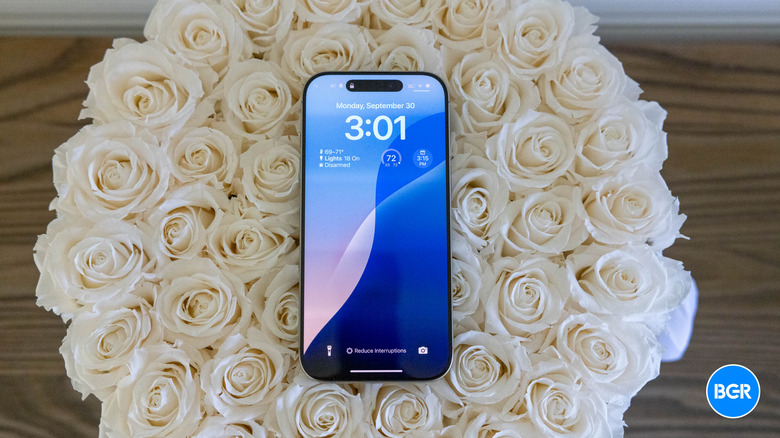iPhone 17 Air Name And Release Timing Have Been Confirmed
When word first spread that Apple planned to replace the iPhone 17 Plus with an ultra-thin device, we first called it the iPhone 17 Slim. Soon after that, as rumors continued to pop up, the iPhone 17 Air moniker appeared, which made more sense for this type of product.
Apple's MacBook Air is what turned the "Air" designator into a powerful brand for Apple. The Air was and continues to be the thinnest MacBook option in Apple's lineup. There's also an iPad Air that Apple sells, but the tablet isn't the thinnest iPad ever, now that the ultra-thin M4 iPad Pro.
With that in mind, the Air branding makes sense for the iPhone 17 Air and could help it see better sales than the iPhone 17 Plus. Apple will not confirm the commercial names of any future iPhones until it's ready to unveil them, but Mark Gurman claims that Apple has settled on the "iPhone 17 Air" moniker for the ultra-thin model.
Even without the Bloomberg reporter mentioning Apple's purported decision, we'd still refer to the ultra-thin iPhone 17 model as the iPhone 17 Air for quite a while. It's the name that makes the most sense, considering Apple's entire ecosystem.
Gurman said in his Power On newsletter (via The Verge) that the iPhone 17 Air will be "a testing ground for future technologies." That includes technologies that will be used for the first iPhone foldable. It's a claim that makes perfect sense, as I long believed the iPhone 17 Air would actually help Apple create an ultra-thin foldable phone down the line.
Gurman also said the iPhone 17 Air will be about 2mm thinner than the current models. The iPhone 16 and iPhone 16 Plus are 7.80mm thick. The iPhone 17 Air would be around 5.80mm thick if Gurman's claim is accurate.
A few days ago, Ming-Chi Kuo said the iPhone 17 Air will measure just 5.5mm at its thinest point. That likely refers to the thickness of the iPhone body. The camera bump will be thicker, regardless of how many camera sensors it includes.
Finally, Gurman said the iPhone 17 Air will incorporate Apple's own 5G modem, codenamed Sinope. The same component will power cellular connectivity inside the iPhone SE 4, due this spring.
While Gurman didn't specify other design details, previous iPhone 17 Air rumors claimed the handset would feature just one camera on the back, which might be placed inside a camera bar module at the top. The iPhone 17 series will introduce a dual-tone rear design. Apple will use aluminum for the camera modules and glass for the rest of the rear panel.
Reports have also said the iPhone 17 Air might be the only model of the four to lack SIM card support worldwide. Apple eliminated SIM cards from US iPhones in 2023, but international models ship with SIM slots. Kuo's remarks a few days ago also mentioned this design detail.
While none of this is confirmed, we're getting close to seeing the first dummy units for the iPhone 17 series. It should happen in a few weeks, as we're getting closer to the iPhone 17's summer manufacturing window. That's when we'll know for certain the iPhone 17 Air exists, regardelss of what Apple would call it.
Then again, it's not like I'm expecting Apple not to make an iPhone 17 Air this year. Samsung has added the Galaxy S25 Slim variant to the Galaxy S25 lineup in response to Apple's iPhone 17 Air plans.
